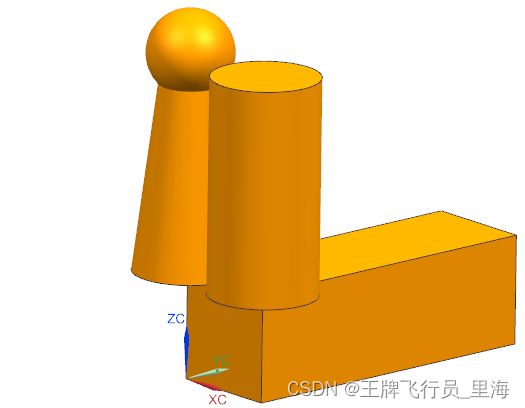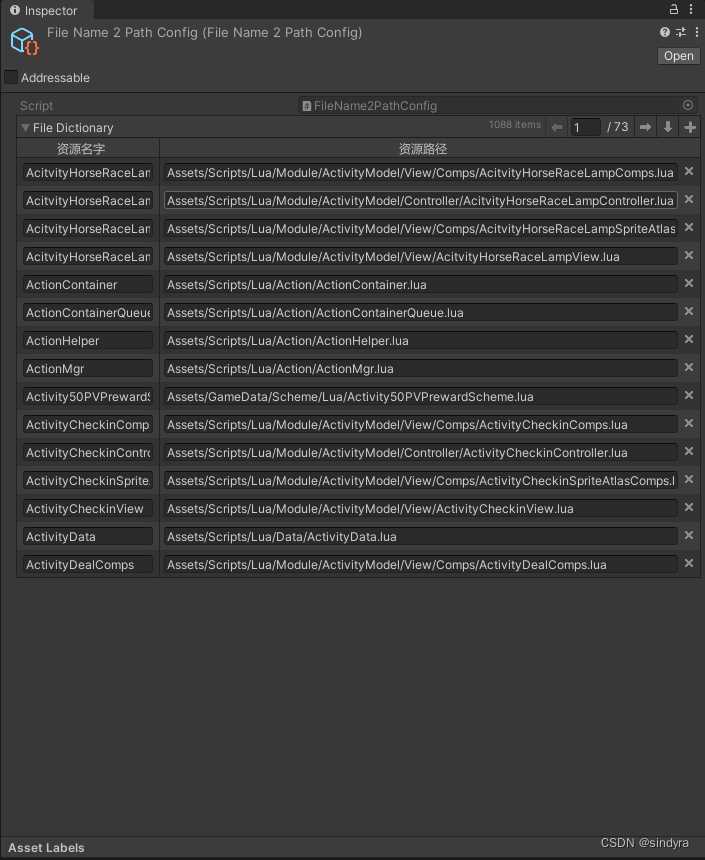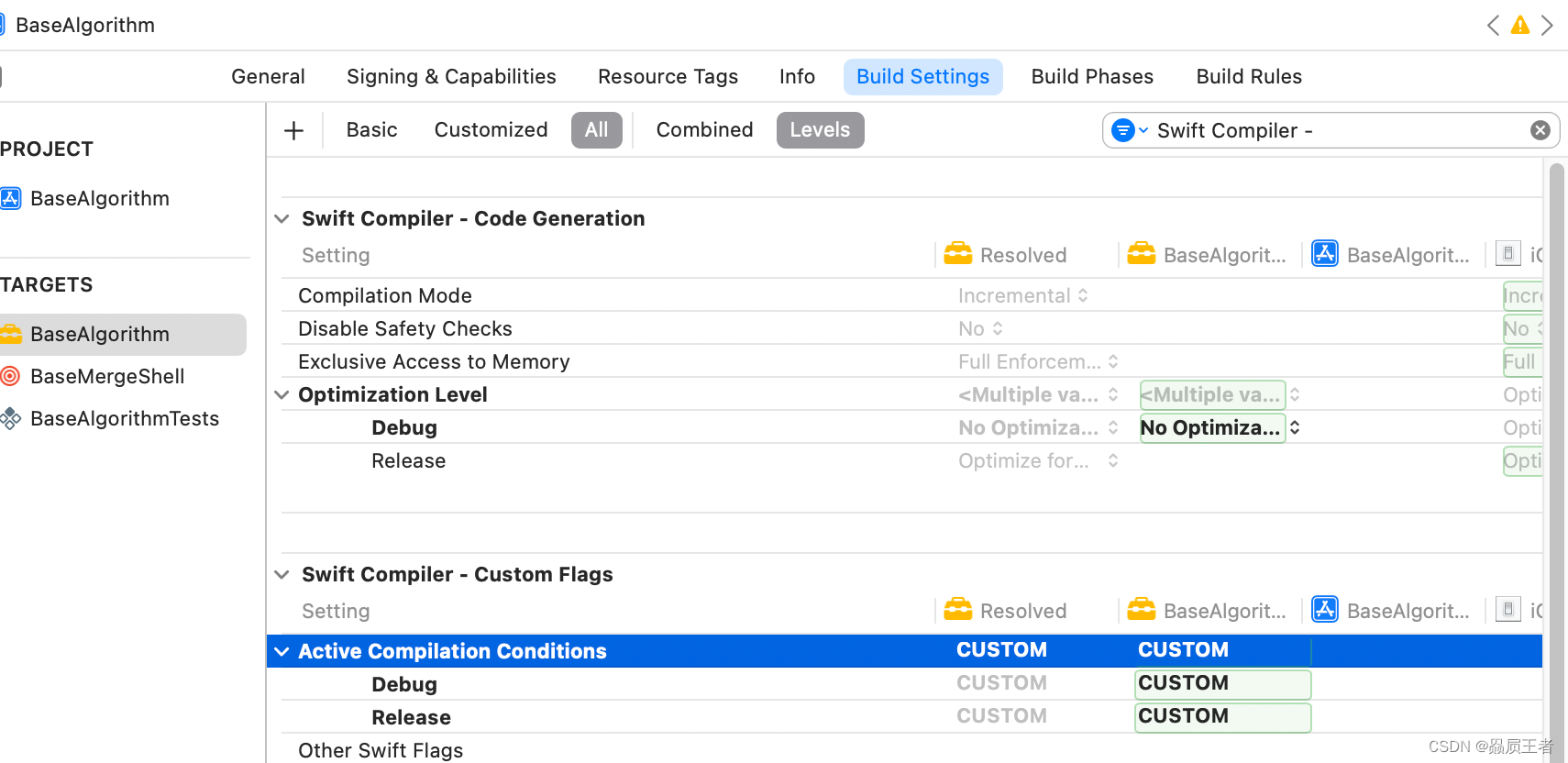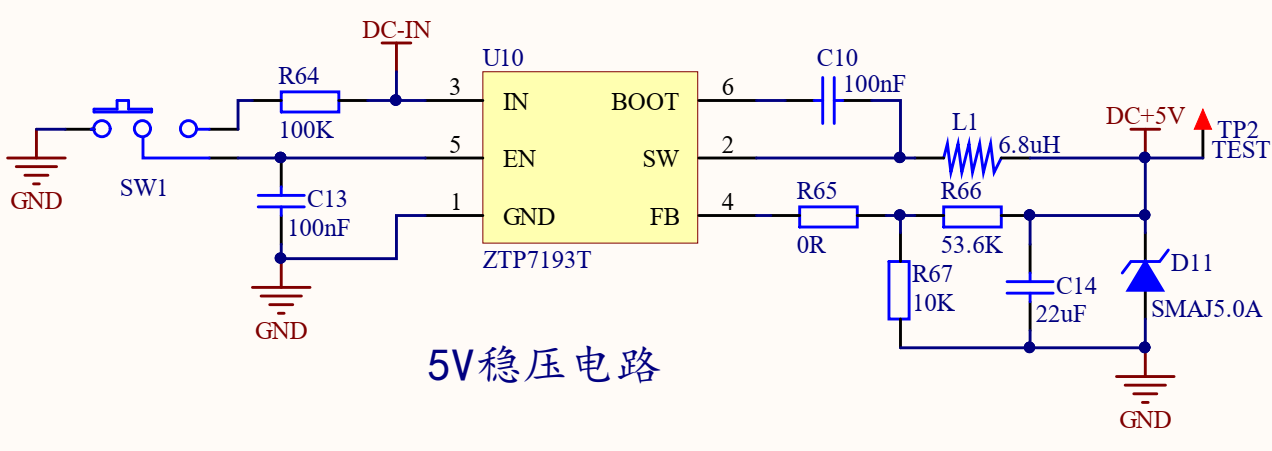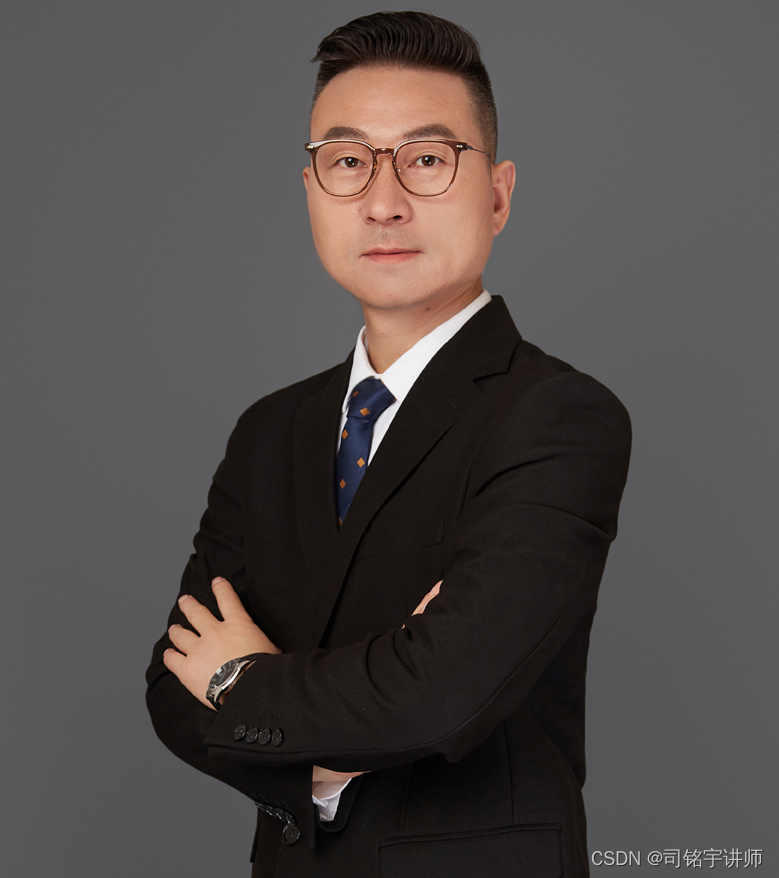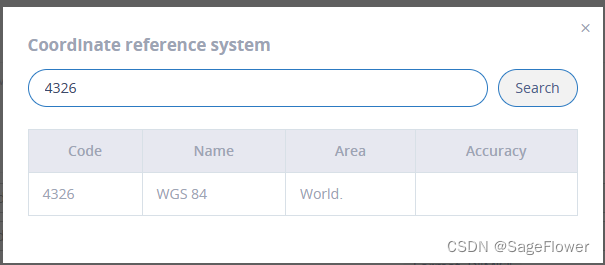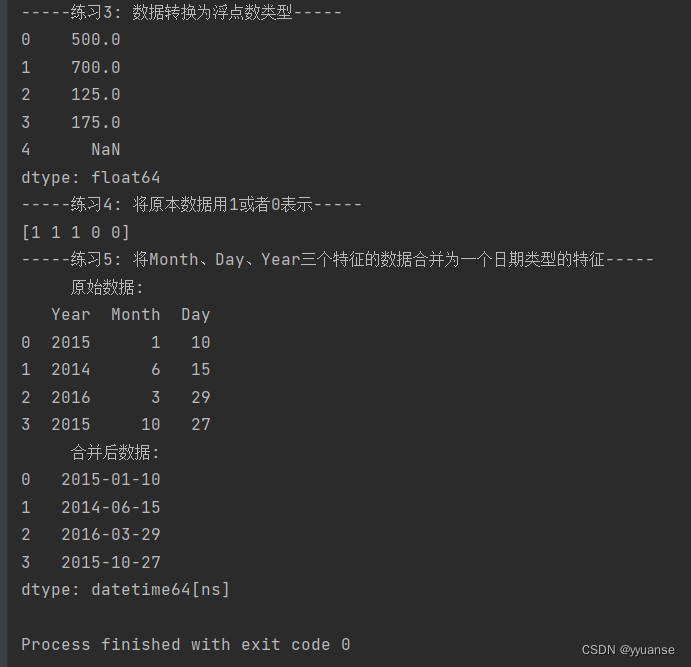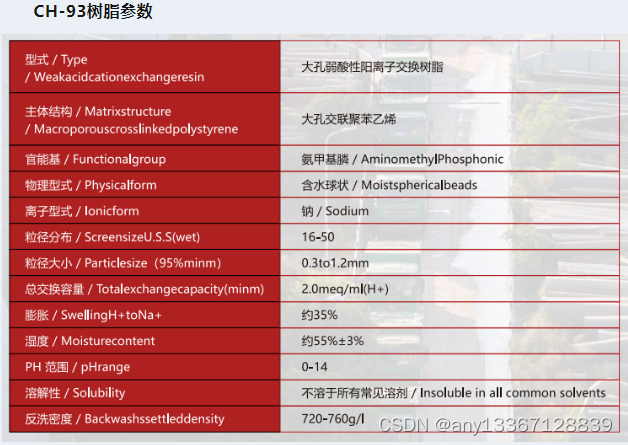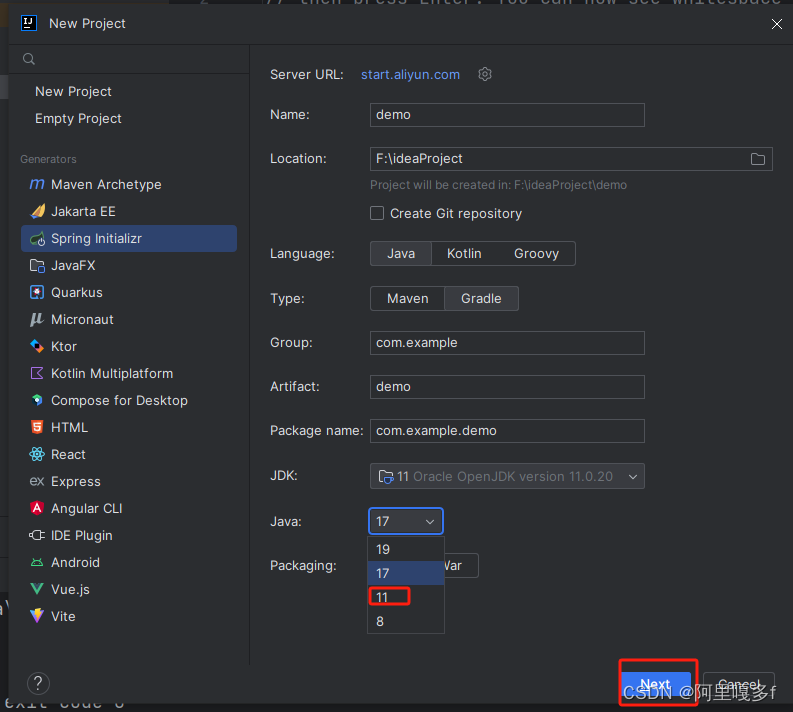文章作者:里海
来源网站:https://blog.csdn.net/WangPaiFeiXingYuan
UF_CURVE_convert_conic_to_std
Defined in: uf_curve.h
int UF_CURVE_convert_conic_to_std(UF_CURVE_genconic_p_t gen_conic_data, UF_CURVE_conic_t * conic_data, logical * sense )
overview 概述
Converts general form conic data to standard form data.
The matrix for each form defines the orientation, or construction
space; the conic arc is parallel to its XY plane. The Z coordinate of
the center point gives the offset from the XY plane. The matrix for
the standard form is always the same as it was for the general form.
In the standard form, there is no way to specify the direction of
parameterization. The start and end points of the general form can
define a parameterization direction opposite that of the standard
form. When this is the case the sense argument is returned false.
For an ellipse, the process of extracting the angle of
rotation from the general form coefficients does not reliably yield the
same rotation angle with which it was created. The result may be a
parameterization in standard form between p and 3p. For this reason
many workers change the matrix of an ellipse (and possibly parabolas
and hyperbolas too) to incorporate the rotation angle and make the
conics rotation angle be zero. This produces a reliable
parameterization for the general form.
将一般形式的圆锥曲线数据转换为标准形式数据。每种形式的矩阵定义了方向或结构空间; 圆锥弧与其 XY 平面平行。中心点的 Z 坐标给出了与 XY 平面的偏移量。标准形式的矩阵总是与一般形式的矩阵相同。在标准格式中,没有方法指定参量化的方向。一般形状的起点和终点可以定义一个与标准形状相反的参量化方向。在这种情况下,sense 参数返回 false。对于椭圆,从一般形状系数中提取旋转角的过程不能可靠地产生与创建椭圆时相同的旋转角。结果可能是在 p 和3 p 之间的标准形式的参量化。由于这个原因,许多工人改变一个椭圆的矩阵(也可能是抛物线和双曲线) ,以纳入旋转角度,使二次曲线的旋转角度为零。这为一般形式提供了可靠的参量化。
UFUN例子
欢迎订阅《里海NX二次开发3000例专栏》https://blog.csdn.net/wangpaifeixingyuan/category_8840986.html,点击链接扫码即可订阅(持续更新中)。已经有几百人订阅,订阅是永久的,无限期阅读,如需帮助请私信。
parameters 参数
| UF_CURVE_genconic_p_t | gen_conic_data | Input | Conic data in general form 一般形式的圆锥曲线数据 |
| UF_CURVE_conic_t * | conic_data | Output | Conic data in standard form 标准形式的圆锥曲线数据 |
| logical * | sense | Output | Sense of parameterization of the standard form with respect to the general form. True if they are the same direction. 标准格式与一般格式的参量化感。如果方向相同,则为真。 |

C++语言在UG二次开发中的应用及综合分析
- C++ 是C语言的扩展,它既可以执行C语言的过程化程序设计,也可以进行以抽象数据类型为特点的基于对象的设计,以及面向对象的程序设计。C++ 在处理问题规模上具有很大的适应性。
- C++不仅具有计算机高效运行的实用性特征,并且致力于提升大规模程序的编程质量以及程序设计语言的问题描述能力。
在UG二次开发中,C++语言具有以下特点
- C++语言支持多种程序设计风格
- C++的许多特性以库的形式存在,保证了语言的简洁和开发运行的效率
- 与C语言相比,C++引入了面向对象的概念,使得UG二次开发的人机交互界面更加简洁
- 通过借助UG自带的2000多种API函数,结合高级语言C++以及编程软件Visual Studio,可以对UG进行二次开发
- 需要注意的是,市场上的Visual Studio和UG版本众多,并非所有版本都能兼容
程序设计过程通常包括以下步骤:
- 问题分析:对要解决的问题进行深入的分析,理解问题的具体需求和限制。
- 需求定义:明确程序的目标和功能,包括用户需求、系统需求等。
- 设计:根据需求进行设计,包括算法设计、数据结构设计、界面设计等。
- 编码:根据设计的结果,使用一种编程语言将程序代码实现出来。
- 测试:通过各种测试方法来确保程序的正确性,包括单元测试、集成测试、系统测试等。
- 维护:对程序进行修改和完善,以解决可能出现的问题或满足新的需求。
- 文档编写:编写程序文档,描述程序的功能、操作方法、注意事项等。
以下是一个创建体素特征(块、柱、锥、球)的二次开发例子
#include <stdio.h>
#include <stdarg.h>
#include <uf_modl_primitives.h>
#include <uf_ui_ugopen.h>
#include <uf.h>
#include <uf_defs.h>
//封装打印函数,用于将信息打印到信息窗口
//QQ3123197280
int ECHO(const char* szFormat, ...)
{
char szMsg[5000] = "";
va_list arg_ptr;
va_start(arg_ptr, szFormat);
vsprintf_s(szMsg, szFormat, arg_ptr);
va_end(arg_ptr);
UF_UI_open_listing_window();
UF_UI_write_listing_window(szMsg);
return 0;
}
extern DllExport void ufusr(char* param, int* returnCode, int rlen)
{
UF_initialize();
//创建块
UF_FEATURE_SIGN sign = UF_NULLSIGN;
//块起点相对于ABS
double block_orig[3] = { 0.0,0.0,0.0 };
//方向相对于WCS
char* block_len[3] = { "10", "30", "10" };
tag_t blk_obj;//体特征
UF_MODL_create_block1(sign, block_orig, block_len, &blk_obj);
int iEdit = 0;
char* size[3];
UF_MODL_ask_block_parms(blk_obj, iEdit, size);
ECHO("%s,%s,%s\n", size[0], size[1], size[2]);//输出: p6=10,p7=30,p8=10
//创建圆柱
UF_FEATURE_SIGN sign1 = UF_NULLSIGN;
double origin[3] = { 10.0,0.0,10.0 };
char height[] = "20";
char diam[] = "10";
double direction[3] = { 0,0,1 };//方向
tag_t cyl_obj_id;
UF_MODL_create_cyl1(sign1, origin, height, diam, direction, &cyl_obj_id);
int iEdit2 = 0;
char* cDiameter;
char* cHeight;
UF_MODL_ask_cylinder_parms(cyl_obj_id, iEdit2, &cDiameter, &cHeight);
ECHO("%s,%s\n", cDiameter, cHeight);//输出:p9=10,p10=20
UF_free(cDiameter);
UF_free(cHeight);
//创建圆锥
UF_FEATURE_SIGN sign2 = UF_NULLSIGN;
double origin2[3] = { 0.0,0.0,10.0 };
char height2[] = "20";
char* diam2[2] = { "10" ,"5" };
double direction2[3] = { 0,0,1 };//方向
tag_t cone_obj_id;
UF_MODL_create_cone1(sign2, origin2, height2, diam2, direction2, &cone_obj_id);
int iEdit3 = 0;
char* cD1;
char* cD2;
char* cH;
char* cAngle;
UF_MODL_ask_cone_parms(cone_obj_id, iEdit3, &cD1, &cD2, &cH, &cAngle);
ECHO("%s,%s,%s,%s\n", cD1, cD2, cH, cAngle);//输出:p11=10,p12=5,p13=20,p14=7.1250163489018
UF_free(cD1);
UF_free(cD2);
UF_free(cH);
UF_free(cAngle);
//创建球
UF_FEATURE_SIGN sign3 = UF_NULLSIGN;
double douCenter2[3] = { 0.0,0.0,30.0 };
char cDiam[] = "8";
tag_t sphere_obj_id;
UF_MODL_create_sphere1(sign3, douCenter2, cDiam, &sphere_obj_id);
int iEdit4 = 0;
char* cDiam_parm;
UF_MODL_ask_sphere_parms(sphere_obj_id, iEdit4, &cDiam_parm);
ECHO("%s\n", cDiam_parm);//输出:p15=8
UF_free(cDiam_parm);
UF_terminate();
}
extern int ufusr_ask_unload(void)
{
return (UF_UNLOAD_IMMEDIATELY);
}
效果:
